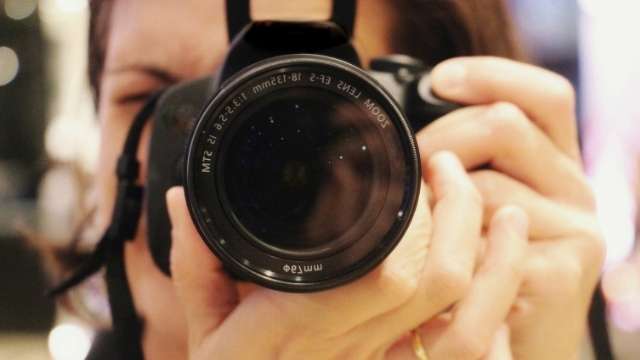How much should you be charging your clients? That is the million-dollar question, and unfortunately there’s not a one-size-fits-all answer. Keep in mind that a wedding photographer will price jobs differently to a commercial photographer or to an event photographer.
That said, in this article, I will shed some light on this process from my point of view, as well as share some tips for beginners!
Pricing Models
I know a lot of photographers, myself included, started off with pricing jobs using a fixed “day rate”. The problem with this approach is that each and every job is vastly different in scope. You could have a client who requests only five images from a shoot and another that requires 100 images. Surely the price should reflect this, right? The other issue that I have with this method is that by using the term “day rate” you’re implying to your client that you only need one day to complete the job. In doing so, the value is on time rather than the product itself!
Instead, you could label this a “photography fee” or a “creative fee.” To come up with this fee you simply use your day rate, or bundle in your day rate and licensing fees or a post-production fee. In this way, you can shift the value from time to the deliverables.
Another method is charging your clients on a per-image basis. To you give you a rough guideline, semi-pro photographers can most likely expect between $50-$150 per image, while professionals can easily expect between $75-$350 per image. By using a per-image model, there’s no expectation on time, rather just the photos delivered.
Note: Most clients tend to think that just because they’ve hired you to do a shoot that they own the images or are entitled to use those images forever. This is not true by any means. The photographer always owns the copyright to an image and in order for the client to use them, they need to first pay a license fee. The license fee is determined by many factors, such as exclusive or non-exclusive rights, timeframe, location (social media, print, billboards, etc), and so forth. This fee can be added to the creative fee or as its own line item on the invoice. There is big money to be made in licensing.
Example
I prefer to quote a job based on the scope of the project. Typically, I’ll use a creative fee (day rate) as my base. The creative fee can be used for more than just the shoot itself. In this example, our day rate is $800. The shoot will require six hours (travel time, pre-production set up, and production), but I’ll also need a day to sort through all of the photos and edit them. At this point, I’d charge $1600, two days’ work, for the creative fee.
Additionally, I’d add on a licensing fee, which would be determined by the client’s intended usage.(The licensing fee can be on a per-image basis or bulked together into one sum.) Do note that the creative fee does not include expenses, only what you need to maintain your business and earn a salary. If there are other expenses, such as model hire, equipment hire, or travel-related expenses, they will need to be added as line items separately.
Tips
While setting a price is tricky business, there are few things you can do to help yourself move in the right direction. At the start I found it helpful to research what others in my area or field were charging for certain services. Find out the names of photographers in your industry, both pros and amateurs, and compare their pricing. If you know a few people in your field, even casually, reach out to them and ask them questions about how they price certain services.
You definitely don’t want to under-price yourself as your business will quickly go under. Equally, you don’t want to overprice yourself, especially starting off, as you may have a hard time finding clients! It’s a delicate dance. Seeing what others are doing can help put you in the right financial range. As time goes on and you gain more experience and clients, you can raise your prices.
Do note that what you may charge for a small business won’t be the same as when dealing with a large business. Pricing is also all about trial and error. It’s okay to start off on the lower side and work your way up, but don’t be afraid to stand your ground on your pricing, even if you have to walk away from a few potential jobs. In the end, I’d rather have few a well-paying clients than many underpaying—quality over quantity!


